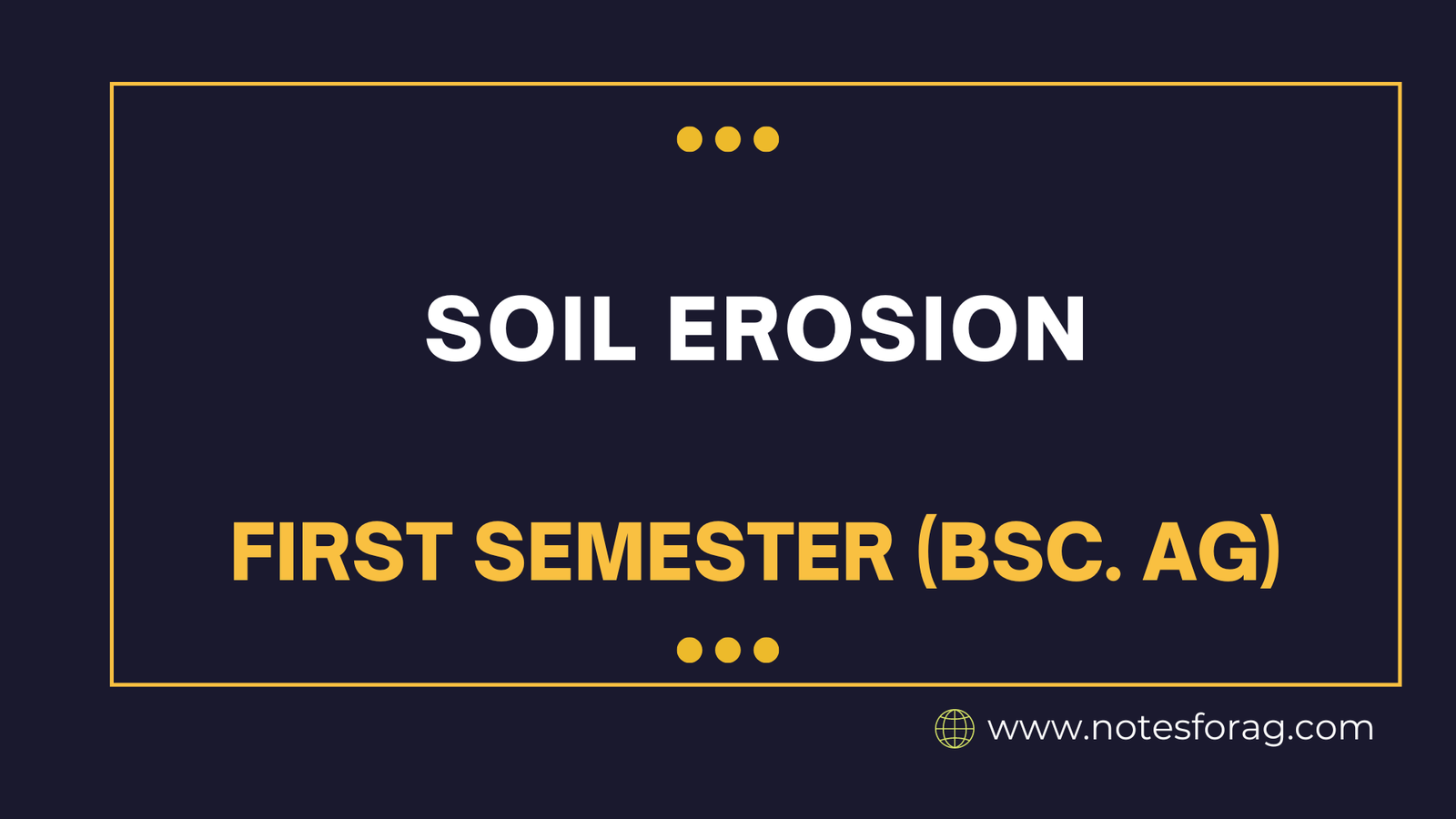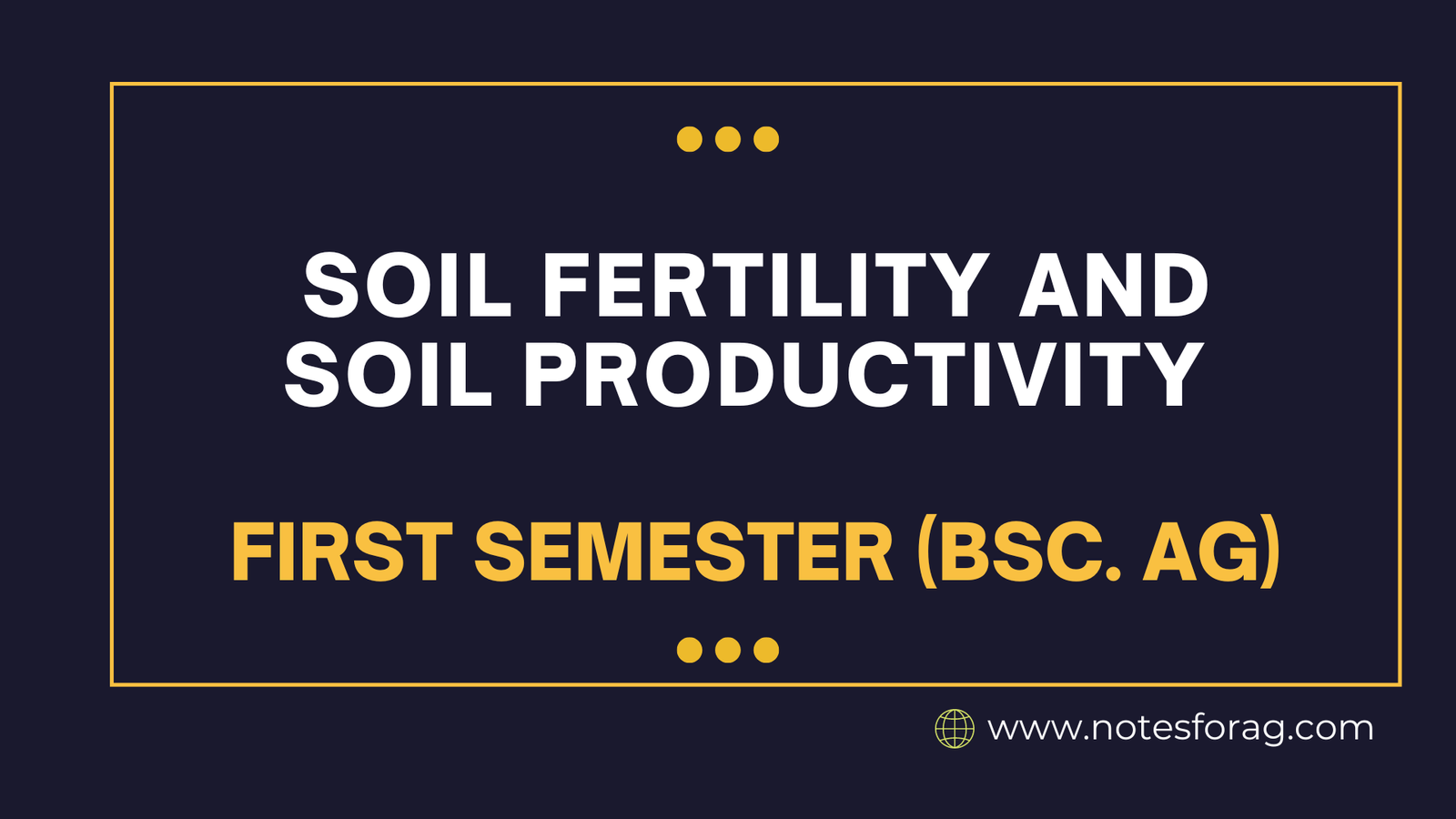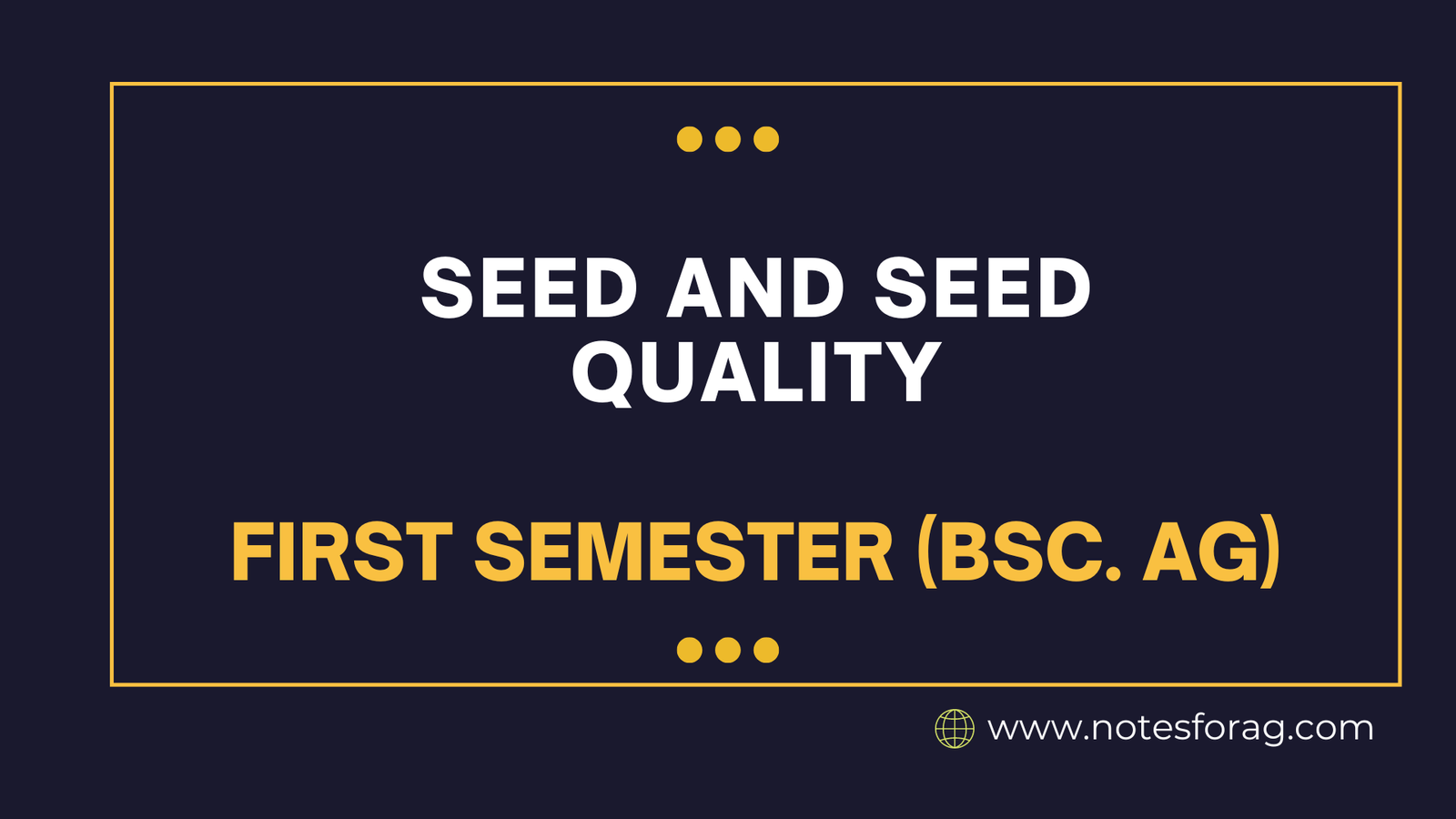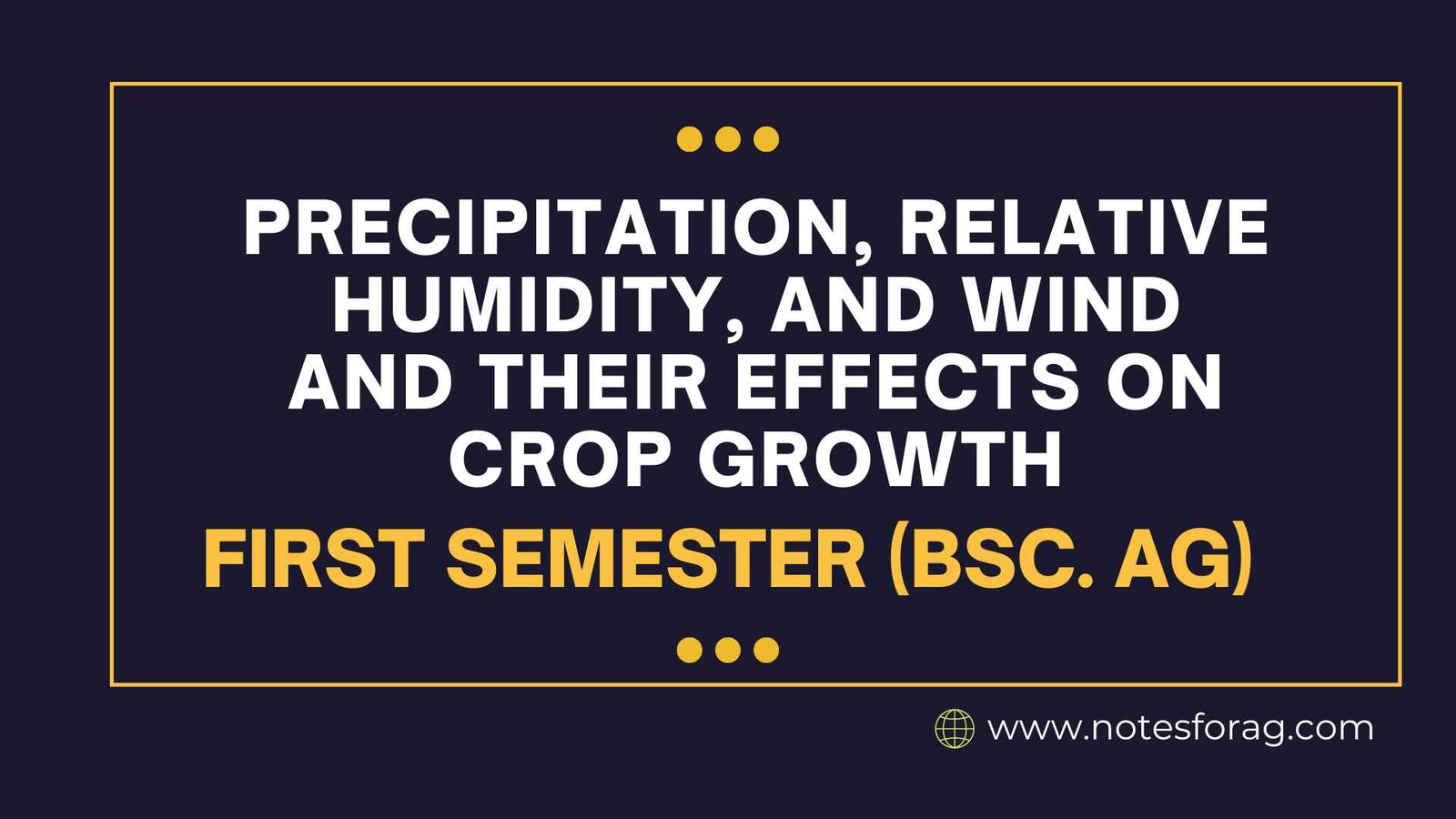Crop ideotype and crop density
Crop ideotype and crop density are pivotal concepts in modern agriculture aimed at enhancing crop productivity and resource efficiency. The idea of a crop ideotype is creating a perfect plant model with particular characteristics that improve performance in a given set of management and environmental circumstances. An ideotype’s key characteristics include a high potential yield, … Read more










